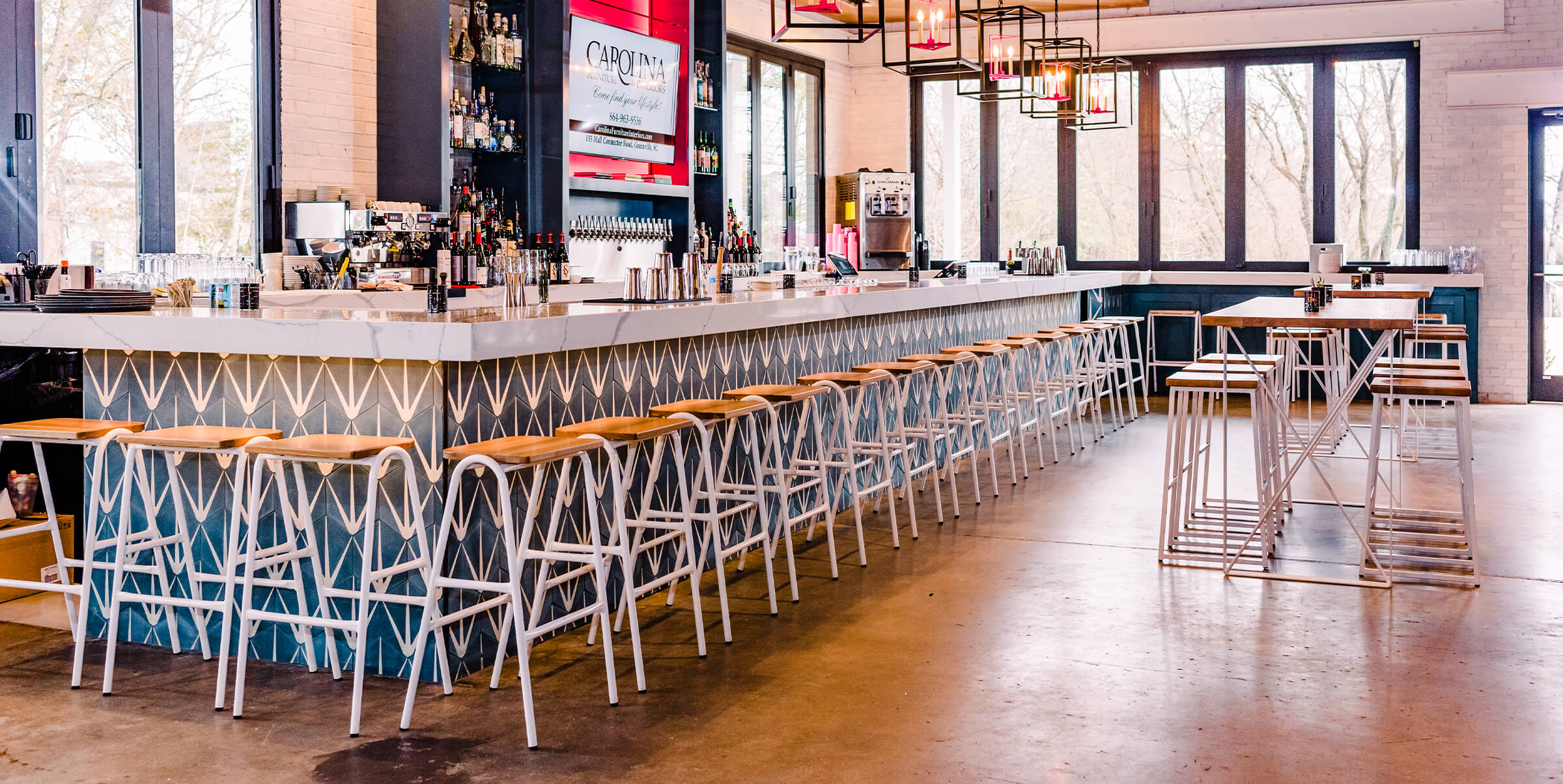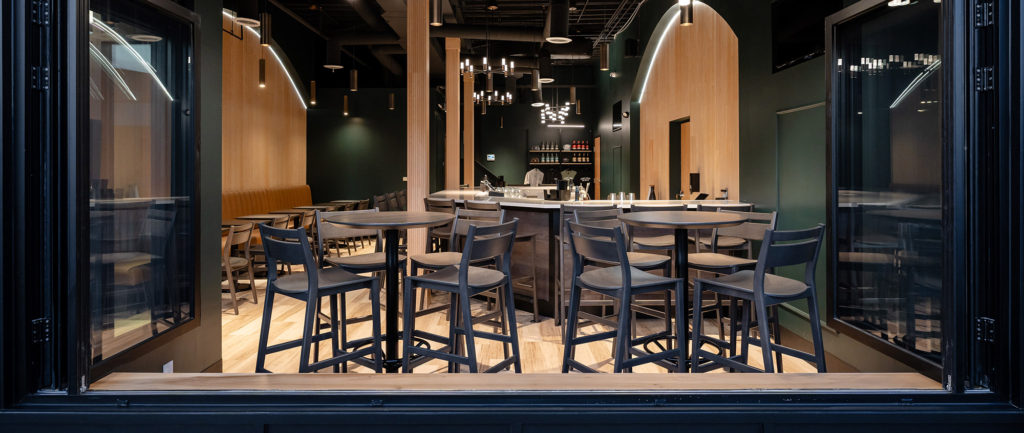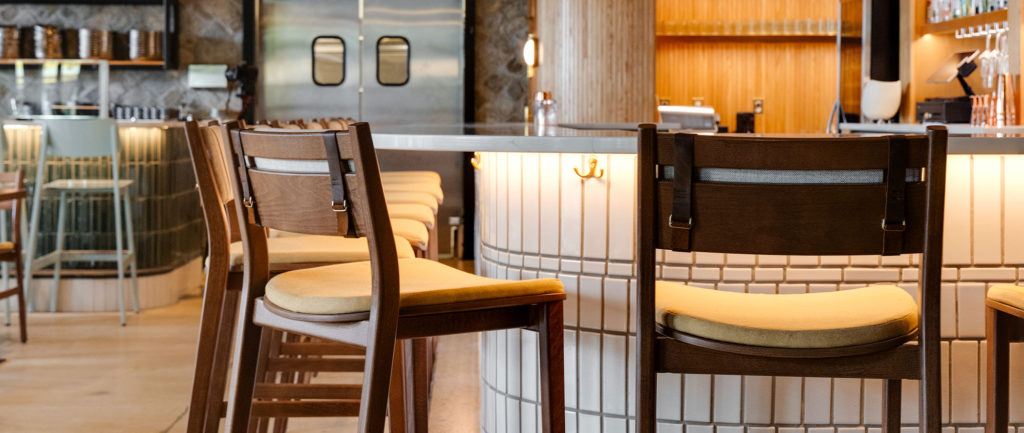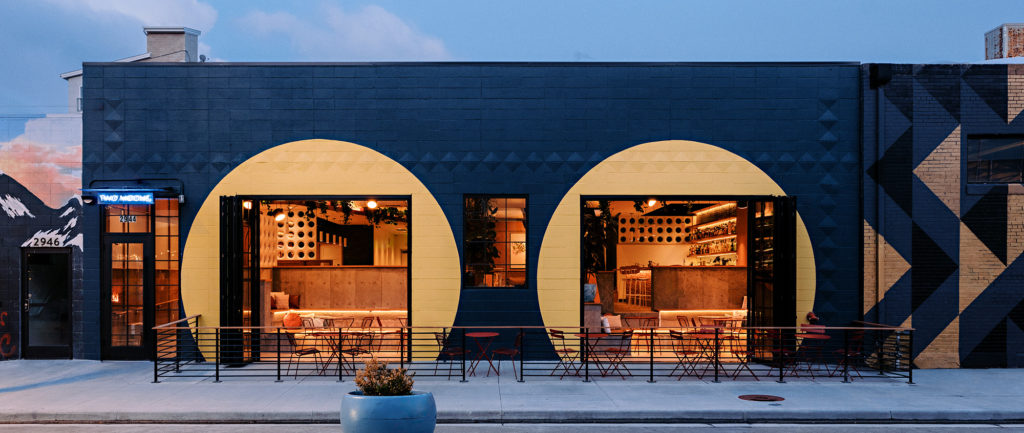The Beginner’s Guide: 8 Quick Tips for Planning Your Restaurant Furniture & Design
Learn the tips to make restaurant furniture and design decisions that ensure that the front of the house reflects both the aesthetic concept and the functional needs of a business in motion.

While the kitchen is a restaurant’s bread and butter, the dining room is the table setting. With the right plates and cutlery, bread and butter can be comforting and nourishing; with the wrong ones, it becomes a meager meal. When planning a new restaurant or redesigning an existing dining space, careful attention to the restaurant furniture and design from start to finish ensures that the front of the house reflects both the aesthetic concept and the functional needs of a business in motion.
1. Prepare the Space
Have experts communicate with one another. From contractors to electricians to real estate agents, the experts working on the restaurant all have different ideas of what works. Even if they all have experience working with restaurants, getting everyone together to discuss crafting the perfect space results in a cohesive restaurant with purposeful placement of every wall, light, and outlet.
2. Weigh Aesthetics vs. Practicality
The dining space should look amazing. After all, before any customers look at a menu or talk to wait staff, they first take in the appearance of the restaurant. But a great-looking dining room should not come at the expense of practicality. If lighting fixtures are too hard to reach to change a bulb or the carpet is difficult and costly to clean, they’re ultimately not going to help the restaurant’s image. That being said, it’s imperative to balance the needs of your busy restaurant with the aesthetics. And with the right furniture and fixtures, you won’t have to compromise on either.
3. Plan for Storage
Running a restaurant requires a lot of stuff. Having enough back-of-house storage for supplies is critical to the operation of a restaurant, but keep plenty of space and shelving for everything in the front-of-house as well. Whether it be space for storing menus or outdoor seating, storage should be easily accessible yet hidden so as to not attract the attention of customers.
4. Establish a Floor Plan
Restaurant furniture placement should maximize seating and efficiency. There are two main blunders when it comes to placing restaurant furniture: the first is that designers fail to include enough seating to maximize revenue, and the second is a cluttered floor plan or poorly placed furniture that impedes movement and service. Too far in one direction or the other and your dining room is doing your restaurant a disservice. Your goal is to seat as many customers as the space will comfortably allow, so lay out a floor plan before ordering furniture to prevent clumsy placement.




